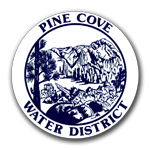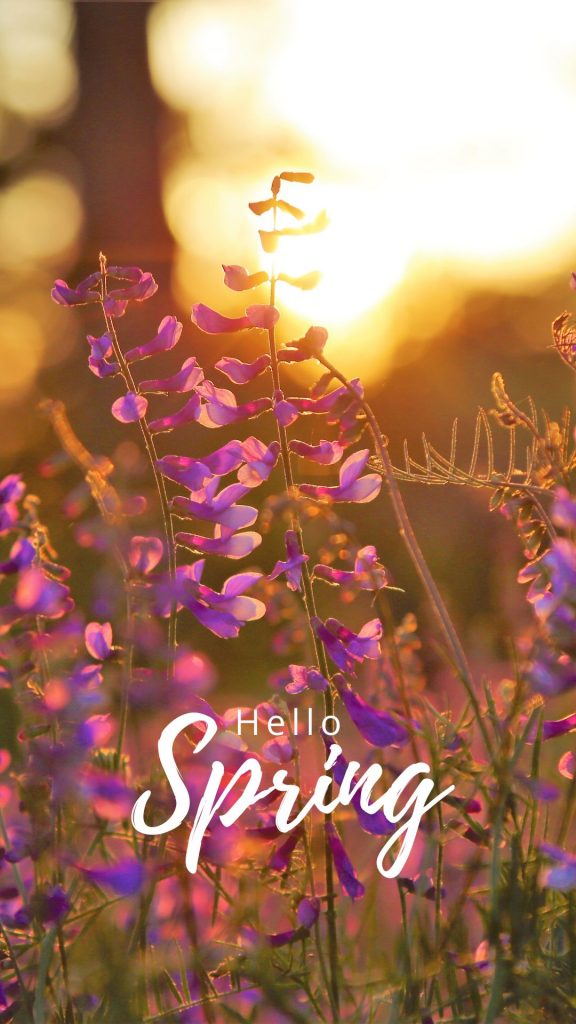Closed for Labor Day

The Pine Cove Water District office will be closed on Monday, September 2nd in honor of Labor Day. We will resume normal business hours on Tuesday, September 3rd at 9 a.m. If you have a water emergency, there will be someone on call. You can call the office and listen to the recorded message or call 951-294-8282, which is our emergency number. Remember, this number is for true water emergencies only. Please wait until Tuesday to call about an other water issues. Our normal business hours will continue Tuesday through Friday, from 9 am until 4 pm.
Happy Labor Day!!!
Labor Day: What it Means
Labor Day, the first Monday in September, is a creation of the labor movement and is dedicated to the social and economic achievements of American workers. It constitutes a yearly national tribute to the contributions workers have made to the strength, prosperity, and well-being of our country.
The form that the observance and celebration of Labor Day should take was outlined in the first proposal of the holiday — a street parade to exhibit to the public “the strength and esprit de corps of the trade and labor organizations” of the community, followed by a festival for the recreation and amusement of the workers and their families.
More information can be found at https://www.dol.gov/general/laborday/history
Celebrate Safely
The American Red Cross regularly puts out safety precautions and as this coming weekend is going to be another hot one, there are additional precautions to consider.
- Stay hydrated with water
- If traveling; check on road conditions, buckle up, slow down, and don’t drink and drive
- Designate a driver who won’t drink or plan on staying where you are celebrating
- Carry a Disaster Supply Kit
- Don’t let your vehicle’s gas tank get too low
- Check with weather alerts before doing any BBQing
- Grills should only be used outdoors
- Wear loose-fitting, lightweight, light-colored clothing. Avoid dark colors because they absorb the sun’s rays
- Have outdoor activities and games at a time when it’s not so hot
- Apply sunscreen before you head out in the sun and reapply as necessary




